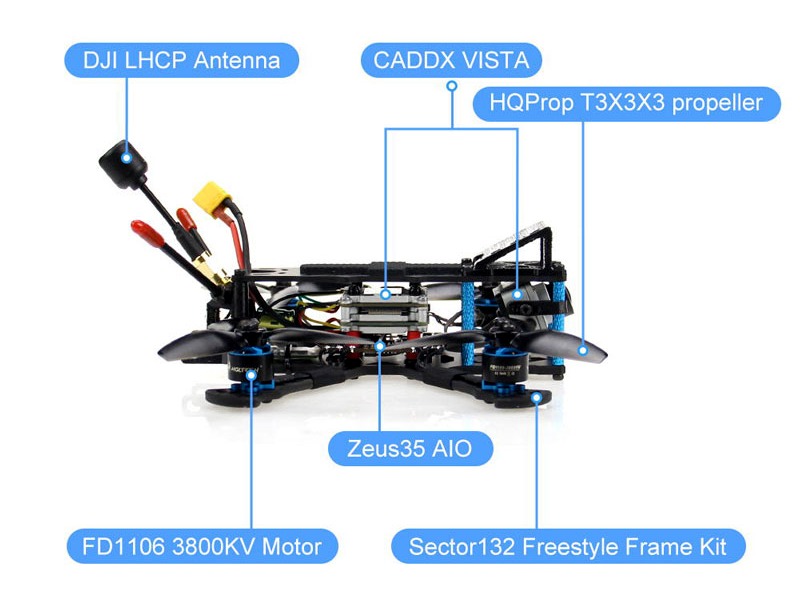Can I fly my drone from a boat?

Yes, you can fly your drone from a boat. However, there are a few important considerations to keep in mind before doing so.
First and foremost, it is important to ensure you are following all applicable laws and regulations when flying your drone from a boat. Depending on where you are located and the size of your drone, you may be required to obtain a license or special permission from the Federal Aviation Administration (FAA) before you can operate your drone. Additionally, you should always observe any local laws, ordinances, or regulations regarding drone use.
Second, it is important to consider safety when flying your drone from a boat. If the boat is moving, you should take extra precautions to ensure that your drone does not get too close to the water or other boats. Additionally, you should make sure that you are aware of your surroundings at all times and that your drone is not obstructing the view of other vessels.
Third, it is important to consider the environment when flying your drone from a boat. If you are flying in a sensitive environment, such as a nature preserve or other protected area, you should take extra precautions to ensure that your drone does not disturb or harm any wildlife or vegetation. Additionally, you should make sure to keep your drone at a safe distance from any people or buildings.
Finally, it is important to make sure that you are properly prepared for any potential issues that could arise when flying your drone from a boat. Make sure to bring extra batteries, a portable charger, and any other supplies you may need in case of an emergency. Additionally, it is always a good idea to have a plan in place for how you will safely land your drone if it runs out of power or experiences any other issues while in the air.
In conclusion, you can fly your drone from a boat. However, it is important to ensure that you are following all applicable laws and regulations, observing safety protocols, taking extra precautions when flying in sensitive environments, and being prepared for any potential issues that could arise.
Comments / Question
2. Ensure your drone is in good condition before taking off.
3. Make sure your battery is fully charged and you have extra batteries on hand.
4. Take off and land your drone away from the boat to avoid any interference from the boat’s engine.
5. Make sure you have a clear line of sight with the drone at all times.
6. Keep the drone at least 30 meters away from people and animals.
7. Avoid flying your drone over bodies of water, as this can interfere with navigation.
8. Use a GPS-enabled device to track the drone’s location.
9. Fly your drone in good weather conditions and avoid flying in windy or rainy conditions.
10. Be aware of other boats and aircraft in the area and keep your drone at a safe altitude.
2. Use a GPS tracker to monitor the drone's location.
3. Use a failsafe feature on your drone to ensure it returns to its starting point if it loses connection with the controller.
4. Fly your drone in an area with limited obstacles and distractions.
5. Make sure to check the weather conditions before flying.
6. Use a tether or a buoy to keep the drone from drifting away.
7. Keep the drone away from the boat's wake.
8. Make sure to keep the battery charged and the drone in good condition.
2. Make sure you have a clear line of sight to the drone at all times.
3. Make sure you are aware of any local laws or regulations that may apply to flying a drone from a boat.
4. Make sure you have the appropriate insurance coverage for your drone.
5. Make sure you have the appropriate safety equipment on board, such as a life jacket, fire extinguisher, and first aid kit.
6. Make sure you are aware of any potential hazards in the area, such as power lines, trees, or other obstacles.
7. Make sure you are aware of any weather conditions that may affect the flight of your drone.
8. Make sure you are aware of any wildlife in the area that may be disturbed by the drone.
9. Make sure you are aware of any other vessels in the area and keep a safe distance from them.
10. Make sure you are aware of any restricted airspace in the area and avoid flying in it.

